#mitsukoshitheater
Explore tagged Tumblr posts
Text

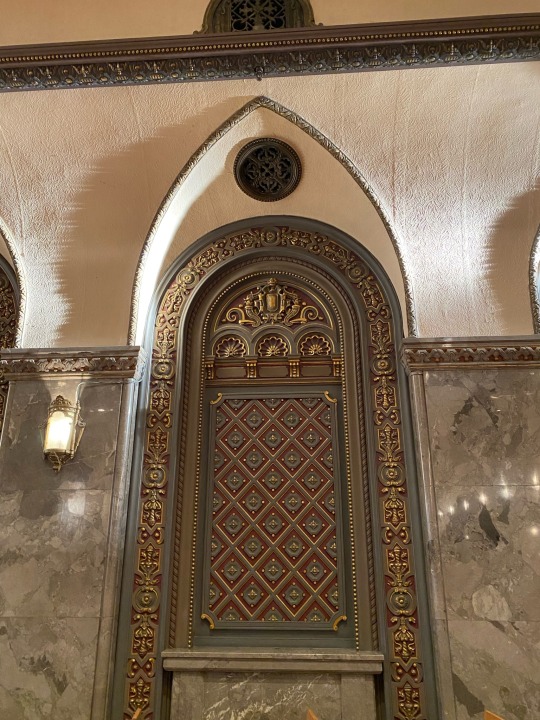
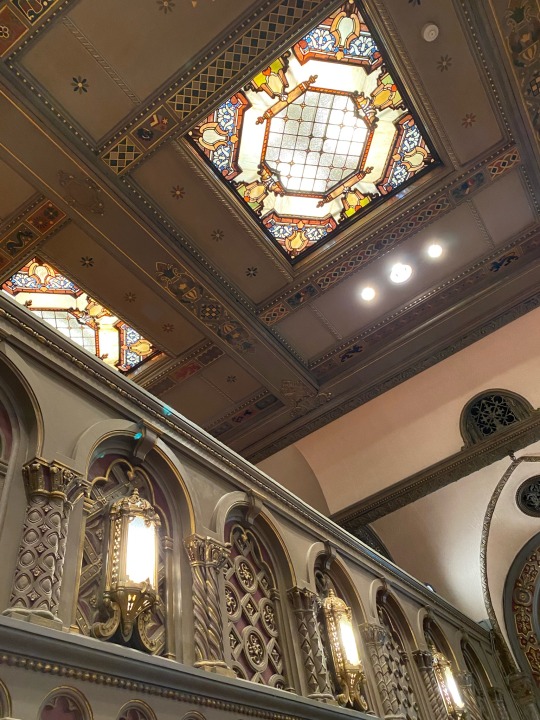




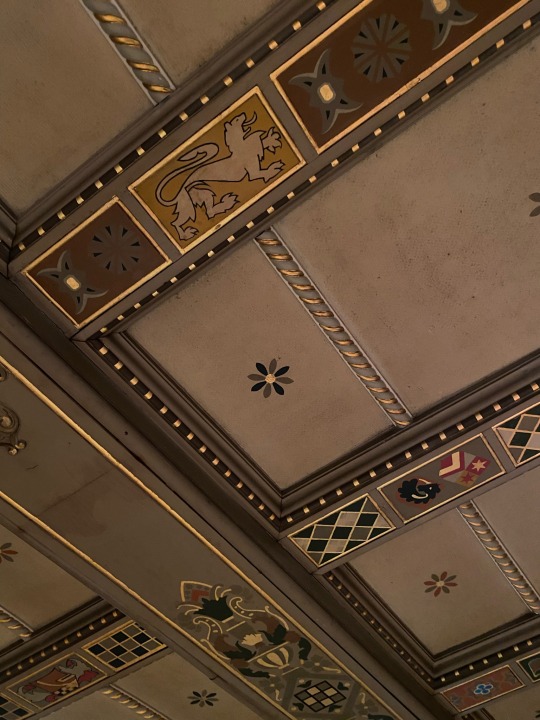
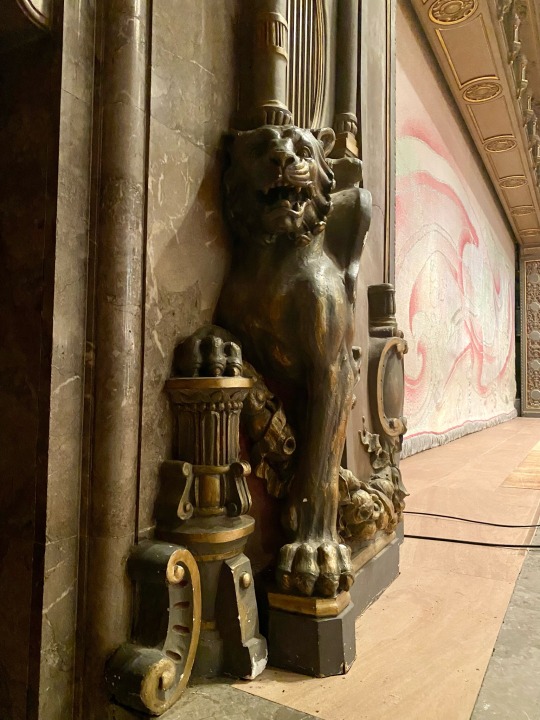
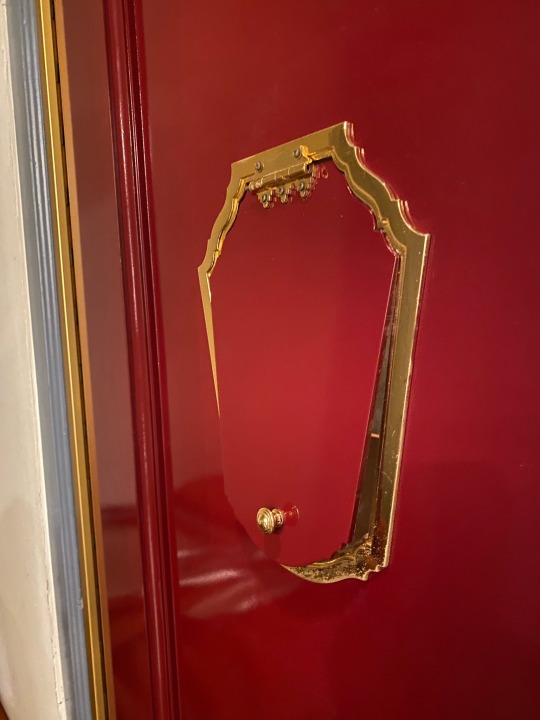
今日はこちら!
三越劇場見学会です。劇場スタッフの方の説明付きです。初めて入りました。
1927年(昭和2年)、関東大震災で大きな被害を受けた日本橋三越本店の再建にあたり、建物だけでなく文化的な復興を、という想いから作られたそうです。その年の9月には日本初のファッションショーが開催されたんだって!
劇場内は見事な装飾で、当時の文章にロココって記述があるだけなんだけど、調査したらアール・ヌーヴォーやアールデコ、スペインの様式などが取り入れられていることが分かったそうです。
舞台を額縁のように区切るプロセニアムアーチ、翼の生えたライオン像、壁面の石膏彫刻や大理石、天井のステンシル画や立体的なステンドグラス、それから途中入場のためののぞき窓…見どころ満載でした。ステンドグラスは、これだけの技術を持っている人が少なくなってしまったそうで、もうすぐ100周年だけど、さらにその先まで維持していくためには技術の継承問題があるそうです。
こういう所で開催されるコンサートも素敵ね。オーケストラでも日本の伝統芸能でもいい感じ。ベリーダンスも合いそうじゃない?空いてたら使えるのかしら。
1 note
·
View note
Photo

#羽田圭介 さん出演 #ミュージカル #スコア #三越劇場 #本日初日 ですよ‼️ 機会ございましたら是非ご覧下さいね〜‼️#週刊プレイボーイ #週プレ #羽田圭介クルマを買う #桑嶋維 #怪物制作所 #keisukehada #play #act #musical #mitsukoshitheater #mitsukoshi #theater ! http://score-musical.com (三越劇場)
#羽田圭介クルマを買う#羽田圭介#musical#act#mitsukoshitheater#桑嶋維#theater#スコア#ミュージカル#本日初日#怪物制作所#mitsukoshi#週刊プレイボーイ#週プレ#keisukehada#play#三越劇場
0 notes
Text
A Midsummer Night’s Dream 2018

A slightly delayed post. In September, I went to see a performance of William Shakespeare’s “A Midsummer Night’s Dream” at the Mitsukoshi Theater. I visited the Mitsukoshi Theater three weeks after again for “Wakasamagumi Mairu”, but going to see “A Midsummer Night’s Dream” before that was my very first time at the theatre. This particular performance of “A Midsummer Night’s Dream” was in Japanese (its Japanese name “Natsu no Yoru no Yume”) and acted out by an all-male cast, comprised of mostly young actors and music artists, which made it a slightly eccentric but fresh portrayal of Shakespeare’s work.
I love Shakespeare’s works and have read most of them in general, but I can’t say “A Midsummer Night’s Dream” is one of my favourites. Still, the aspect of using an all-male cast intrigued me, so I purchased the ticket on a whim just a few weeks before the performance date and reread the entire play in English before going to see it. I chose a seat on the second floor in the very middle; although the day I went to see it (September 16) was a Sunday, I was surprised to find that only about six other people aside from myself were seated on the second floor. It was a rather minor production, and I suppose Shakespeare doesn’t appeal to young audiences as much. In any case, since no one was seated around me except one lady in her 40-50s next to me, it was my first time watching a play with so much space around me. Mitsukoshi Theater is a beautiful venue with a retro atmosphere, and despite being seated on the second floor, the stage was quite close and I could see everything very clearly even without using binoculars.
As I had never watched Shakespeare in Japanese before, I was worried whether I would be able to get into it, but in the end I found it really enjoyable! Although their lines are not so strict in terms of language compared to if the play was done in its original language, the script retained the important parts of the play (such as Helena declaring her sisterly love for Hermia, Hermia’s lament on her height, etc.) and the lines had a different kind of rhythm to them. Lysander and Demetrius in particular had lines that sounded more linguistically modern in my opinion, but were very good for comedic effect. I’ve seen Kato Sho, the actor who played Lysander, in other productions before, but it was my first time seeing him in a sort of character that gets angry and defames his lover.
As expected of Shakespeare, there was an immense amount of lines, and for such a short-lived performance I thought it must have been a lot of work for the cast. But all of the actors did so well with their lines and acting. Because they didn’t use mics for this production other than the parts where the fairies sing, whenever they went further in the back on stage (or when Bottom had the donkey head over himself), the sound would get slightly muffled and it was a little hard to hear, but I did enjoy the fact that without the mics, it was more conventional and, in a way, more fitting for a Shakespeare production.
In terms of the characters, since the female characters were also played by male actors, I had expected them to use that aspect for comedic effect. However, surprisingly, they didn’t exaggerate the gender aspect at all. The boys in the female roles spoke in a more feminine way in terms of tone and language, but they didn’t go out of their way to change their voices (which did contribute to the comedic factor when they shouted out to their lovers in quite masculine voices), and their wigs and costumes were done so thoroughly that it didn’t distract me at all from the content of the play itself. Looking closely, glitter was applied all over their bodies as well, which I thought was a nice touch to the portrayed “femininity”.
Again, the main cast had a large amount of lines and carried everything out spectacularly, but I also enjoyed the scenes with the craftsmen as they prepared for and performed “Pyramus and Thisbe” at the wedding. I would say that the character that captured my heart was Quince. Although he isn’t present in a lot of scenes, from the very first line he spoke, I was charmed by his expressive voice and I enjoyed listening to him talk excitedly to his fellow craftsmen. The craftsmen played double roles as fairies working under the fairy king and queen, Oberon and Titania, and dressed accordingly to their names. Peachblossom held branches in his hands and stood like a tree, whereas Cobweb had strings around him, and so on. Their costumes were intentionally ridiculous and subtly added to the comedic factor.
On the other hand, the three main fairies—Oberon, Titania, and Puck the messenger— were played by three Korean idols. Their Korean accents when speaking Japanese added to the ���exotic” effect of the fairies, which I thought was an interesting idea. Puck’s superb acting drew in the audience immediately, playing the mischievous and comedic role for the scenes taking place in the woods (or the “dream”). Outside of the dream, the same actor who played Puck also played Philostrate, and I wonder if that was intentional. As both Puck and Philostrate play the “logical” role in both the fairy and human realms, I thought it made sense and was a clever idea for the same actor to play them. Nearing the end when the duke, his new wife, and the two reconciled couples watch the craftsmen’s play, the mise-en-scene was well played out with the main cast’s seemingly candid reactions to the play (“Pyramus and Thisbe”, a story about a couple’s tragedy) within the real play (“A Midsummer Night’s Dream”, a story also revolving around warring couples). I suppose “A Midsummer Night’s Dream” could be an early modern English version of “Inception” that invokes the idea of a dream within a dream, leaving the audience wondering about what is the dream and what is reality in the story.
Hippolyte had very few lines so I felt a little sorry for her since she is more of a symbol (of the civilized duke of Athens marrying the wild queen of the Amazons) in the story, but she was, nonetheless, gracefully portrayed. The fairies had a few songs scattered throughout, much to their fans’ delight. The play ended faithful to the original work, with Puck speaking straight to the audience and requesting us to think of this as just a dream. Combined with the simple stage that had pillars of green, cloth-like material twisting upwards in the image of the woods, Puck’s rhythmic words at the end created a very dream-like atmosphere, and when the curtains came down, I did feel as if I was closing my eyes to a dream and waking up to the real world again.
At the curtain call when they had all finished coming out and bowing, the cast each stood with their respective partners in the story and posed. The lights went out with the audience still applauding, and came back on a few seconds later with all of their partners switched, to which the actors feigned indignance and slapped the imposters. It was a cute ending and roused laughter in the audience, the play ending lightheartedly as a Shakespeare comedy should.
The cast all lined up outside the theatre and sent us off in the lobby, smiling and waving to each of us as we said our thanks and goodbyes. I left the theatre feeling as if I had woken up from a pleasant nap, so I would say that this was truly a successful “Midsummer Night’s Dream”. Well done, boys!
The tickets went at 7,800 yen for an S-seat and 6,000 yen for an A-seat, with the show’s pamphlet selling for 1,000 yen (surprising, considering slightly bigger productions sell their pamphlets for approx. 2,500 yen). Although a minor production with a simple set and some seats left unfilled, I think the cast did a great job and worked hard to make it a professional production, despite most of them having no experience in originally foreign productions. I hope they can do something like this again next year as well!
—Official site: http://artistjapan.co.jp/performance/夏の夜の夢2018
#midsummer#midsummernightsdream#shakespeare#japanese#mitsukoshitheater#tokyo#japan#夏の夜の夢#シェイクスピア#三越劇場#三越#銀座#crossgene#myname#play#butai#舞台
1 note
·
View note
